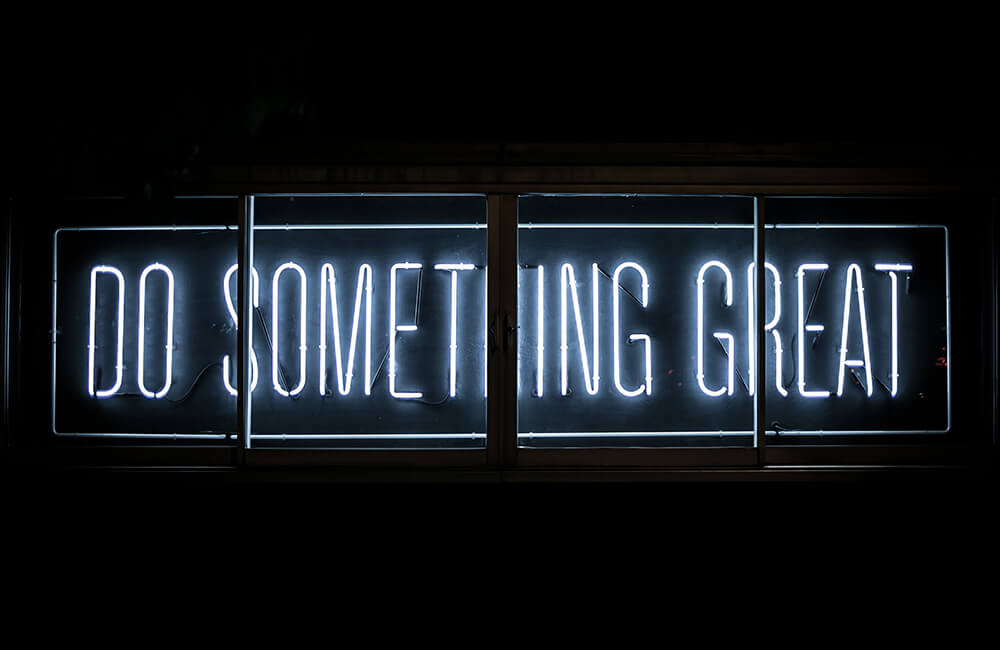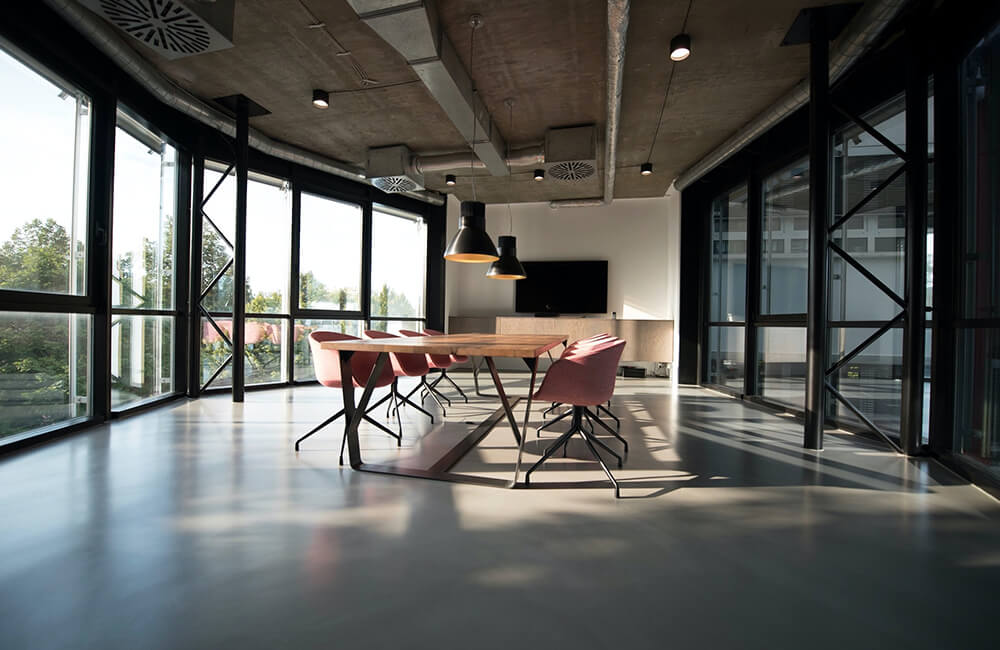Need any Help?
We are here to help our customer any time. You can call on 24/7 To Answer Your Question.
+91 9531754860
info@biotriktechnologies.com
Graphic design :- Process, Types & Examples!!
According to the American Institute of Graphic Arts (AIGA) graphic design is defined as “the art and practice of planning and projecting ideas and experiences with visual and textual content.”
“Graphic design takes graphical and textual elements and implements them into multiple types of media,” says designer Alexandros Clufetos, when asked to elaborate on the graphic design definition. “It helps the producer connect with the consumer. It conveys the message of the project, event, campaign or product.”
Graphic design can be used by companies to promote and sell products through advertising, by websites to convey complicated information in a digestible way through infographics, or by businesses to develop an identity through branding, among other things.
“Every day, we take many of the subtly artistic things around us for granted. But hidden in every magazine corner, exit sign or textbook lies a set of design ideas that influence our perceptions,” says Jacob Smith, founder of illustration studios
Although the term “graphic design” has only been around since the 1920s, the art form itself has been an important part of visual communication for thousands of years. We can see early examples of graphic design in ancient manuscripts and even prehistoric cave paintings.
Today, the graphic design industry spans many different disciplines. It’s an exciting field that’s perpetually evolving, but its adaptive nature can make it a little confusing for a newcomer to understand exactly what graphic design is and what types of work professionals do.
If you’re looking for a guide to graphic design basics, you’re in the right place. Read on to find out precisely what graphic design is, see some examples, and learn about different design jobs.
What is the main purpose of graphic design?
The objective of graphic design is to convey or enhance a message.
Good graphic art streamlines communication. Just picture a spreadsheet with data analytics. A graphic designer might use different colors to highlight which metrics are rising and which are dropping, thus making it easier for the viewer to quickly understand what’s going well and what needs to be adjusted.
Well executed graphic design can also elicit an emotional response from the viewer or even motivate them to take action. The “sign up” page on a website, for example, is typically designed to entice visitors to join an email list or start a free trial. Meanwhile, food packaging design aims to make the food inside seem more appealing to eat.
Few Important types of graphic design are:
Marketing & advertising graphic design
Marketing designers work with company owners, directors, managers or marketing professionals to create assets for marketing strategies. They might work alone or as part of an in-house or creative team. Designers can specialize in a specific type of media (vehicle wraps or magazine ads, for example) or create a broad assortment of collateral for print, digital, and beyond. While traditionally print-centered, this type of design has grown to include more digital assets, especially for use in content marketing and digital advertising.
Examples of marketing graphic design
- Postcards and flyers
- Magazine and newspaper ads
- Posters, banners and billboards
- Infographics
- Brochures (print and digital)
- Vehicle wraps
- Signage and trade show displays
- Email marketing templates
- PowerPoint presentations
- Menus
- Social media ads, banners and graphics
- Banner and retargeting ads
- Images for websites and blogs
Packaging design
From food to gadgets to designer jewelry, the packaging that items are transported in is often just as important as the items themselves. Product packaging designers aim to show off or complement the items inside the packages. This requires expert knowledge of print processes and a keen understanding of industrial design and manufacturing. Because packaging design touches so many disciplines, it’s not uncommon for designers to find themselves creating other assets for a product such as photography, illustrations and visual identity. Packaging designers may be a jack-of-all-trades or specialize in a specific type of packaging (like labels or beverage cans) or a specific industry (like food or children’s toys). Their work requires top-notch conceptual and problem-solving skills in addition to a strong working knowledge of print and industrial design.
Editorial design
The term “graphic design” originated from editorial graphic design and today it is still a very important part of both print and digital editorial publications. Publication design spans:
- Books
- Newspapers
- Newsletters
- Directories
- Annual reports
- Magazines
- Catalogs
Editorial graphic design helps set the tone for a publication and can amplify the written word. Just picture a well placed pull quote in a printed interview or a beautifully laid out recipe book.
They have traditionally been a print medium. Publication/ Editorial design is a classic type of design—think books, newspapers, magazines and catalogs. However, there’s recently been a significant rise in digital publishing. Graphic designers that specialize in publications work with editors and publishers to create layouts with carefully selected typography and accompanying artwork, which includes photography, graphics and illustrations. Publication designers may work as freelancers, as creative agency members or in-house as part of a publishing company.
Publication designers must possess excellent communication, layout and organizational skills. In addition to graphic design expertise, they need to understand color management, printing and digital publishing.








